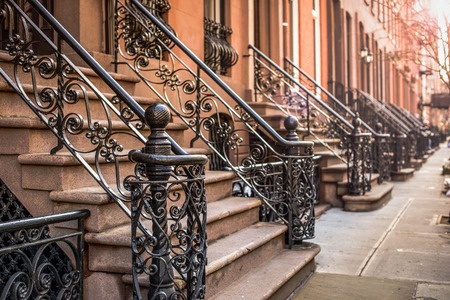Scientists Asking Why Bees Prefer Urban Habitats
November 11, 2016
As more people get into beekeeping, especially those who live in urban environments, researchers are going to wonder which environment is preferable for the hurting pollinators. One such researcher is Dr. Gerardo Camilo, an associate professor who works in the Department of Biology at St. Louis University. Most of his research focuses on bee populations in urban environments and how the ecosystem is affected by industrial areas. Dr. Camilo spends his time collecting local bee specimens to create a catalog for bees that live in his area—in fact, according to his research, St. Louis has a wider variety of bees than the rest of the state of Missouri.
Scientists have noticed an ongoing difference in bee populations outside of rural areas. Some believe bees are losing their habitats in rural areas, thereby causing them to populate more cities. Changes in land use, agricultural practices, and pesticides are all factors that may contribute to the decline of pollinators in rural areas. Considering how much bees as pollinators contribute to food production and affect food prices as a result, this question is proving paramount to researchers like Dr. Camilo.
Urban areas, interestingly, have more nesting areas for honeybees to build their hives, and new urban beekeepers are increasing honeybee populations for reasons ranging from honey production to bee preservation. According to Noah Wilson-Rich, founder of Best Bees Company and an urban beekeeper, estimates the survival of bees is “greater in urban beekeeping (62.5 percent) than the more traditional rural beekeeping (40 percent).”
For beekeepers in rural areas, providing pollen substitutes during winter may help prevent a larger number of deaths over the season. At the same time, for those who do not have the time and resources to raise bees, using fewer insecticides and only spraying when necessary during times when bees are less active can help bee populations and prevent their numbers from declining further.
Areas containing more flowers and gardens also encourage the new habitat of bees. Paige Muñiz, a graduate student, works with Dr. Camilo at St. Louis University. Muñiz believes that the floral diversity in St. Louis adds to the variety of species found within the city. The more flourishing, diverse plants there are, the more nectar there is for bees to continue feeding on as well as more options in terms of nutrition. Bees are known to populate more metropolitan areas, but scientists are still researching what exactly makes urban environments better habitats for them.
Copyright: sepavo / 123RF Stock Photo


.jpg)



